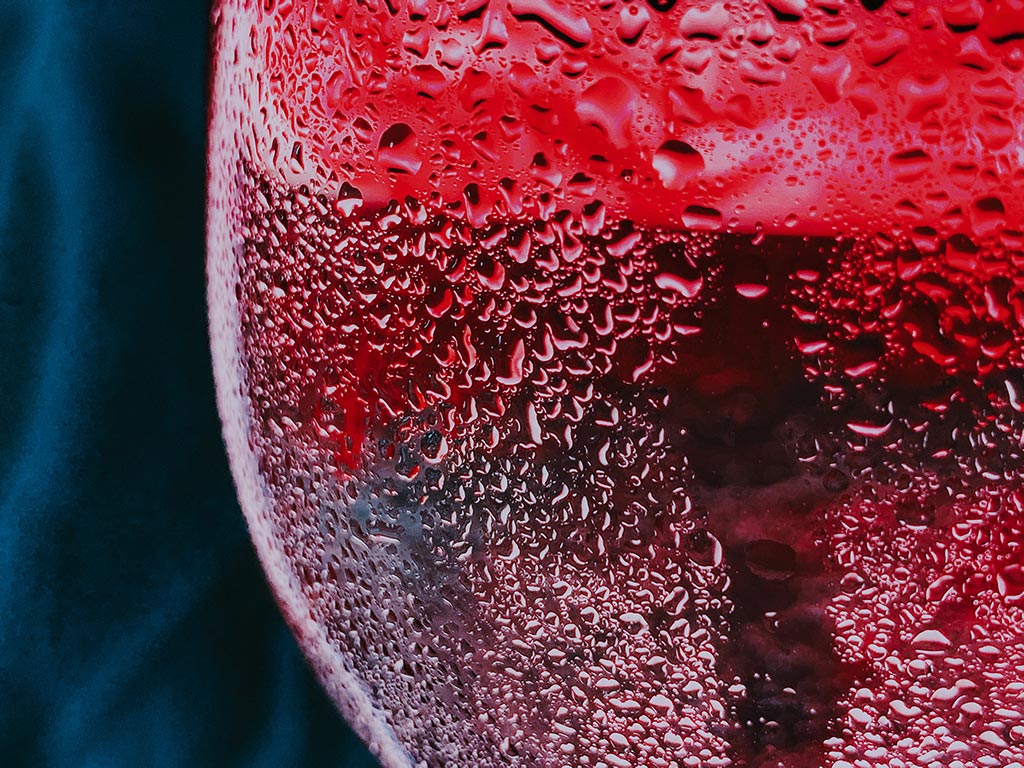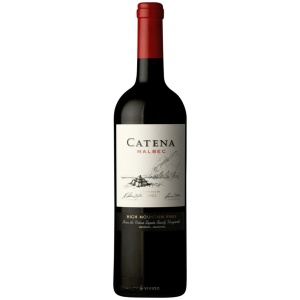
Red wine has a reputation for being misunderstood. One of the most popular misunderstandings is that red wines, unlike white wines, should be served at room temperature. Not only is this not true for all (or even most) red wines, but certain varietals benefit from a small cold. This makes them ideal for summer drinking, and experts agree that cold red wines go well with summer whites and rosés.
What should be a simple mission often turns into one that necessitates a sophisticated strategy. Fortunately, one of them isn’t chilling wine. If you follow a few simple rules, you’ll be sipping at the perfect temperature in no time.
Because of their chemical makeup, not all wines should be refrigerated to the same temperature. Acidity is a white wine’s backbone. Tannins are what give a red wine its structure. The quantity of residual sugar in dessert wines varies. Carbon dioxide is stored in sparkling (CO2). All of them contain variable amounts of alcohol. As a result, depending on the components of a wine, temperature may either mute or amplify it.
How to chill red wine
This guideline may be applied to almost any situation in life. Refrigerate reds and whites and take them out an hour or two before supper. The optimal temperature for a refrigerator is between 35 and 40 degrees Fahrenheit. If you have chilly patches where your lettuce always freezes, they’ll help chill your wine a little faster. When it comes to time, chilling bottles in the door won’t make a difference, but if you open it frequently, place bottles further back on a shelf or in the crisper bins.

Like what you are reading? Try these related stories...
Use the Freezer
Utilize your freezer, to be precise. It’s something we’ve all done. As friends became more adventurous with their drinking, I loaded bottles into the icemaker, only to forget about them the next morning and find an icy explosion. While the quality of the product may not suffer as a result of the severe temperatures, the chance of a mess increases. When wine’s water freezes, it expands, pushing the cork out partially or completely, or even cracking the bottle. This permits oxygen to escape, which starts the oxidation clock. Set a timer for 30 minutes if you’re using the freezer.
Ice, ice, baby
As soon as possible, place the bottle in an iced bath to keep it cool. No, Grandma’s Epsom salts aren’t for you. It will enough to use the tabular version. Add salt, water, and ice to a bucket or container. The temperature drops as ice absorbs heat from the water. The salt lowers the freezing point of water to below 32 degrees Fahrenheit. In other words, rosé may be chilled in 15 minutes or less using brined ice water.
Other Cooling Techniques
Carry an insulated bag with 2–4 bottles if you’re on the run. A 750 ml bottle may be chilled with a sleeve stored in the freezer for singles. Pour a glass of wine and place it in the refrigerator at home. Because of its smaller size, it takes less time to cool than a complete bottle.
Reusable ice cubes may also be used to cool a single glass, but they must be frozen again after they thaw up. You can, of course, keep enough in the freezer to make additional glasses.
How not to chill wine
A chilly stem glass, unlike a big frosty mug, lacks the mass and surface area to reduce the temperature of your wine. Ice cubes freeze the drink, but they also dilute the flavor, which is OK if you want a spritzer-like feel. Finally, according to the internet, you should pour the wine into a resealable plastic bag and place it in ice water. The temperature will rise to 50°F in approximately 2 minutes, but aren’t we getting a little desperate now?














